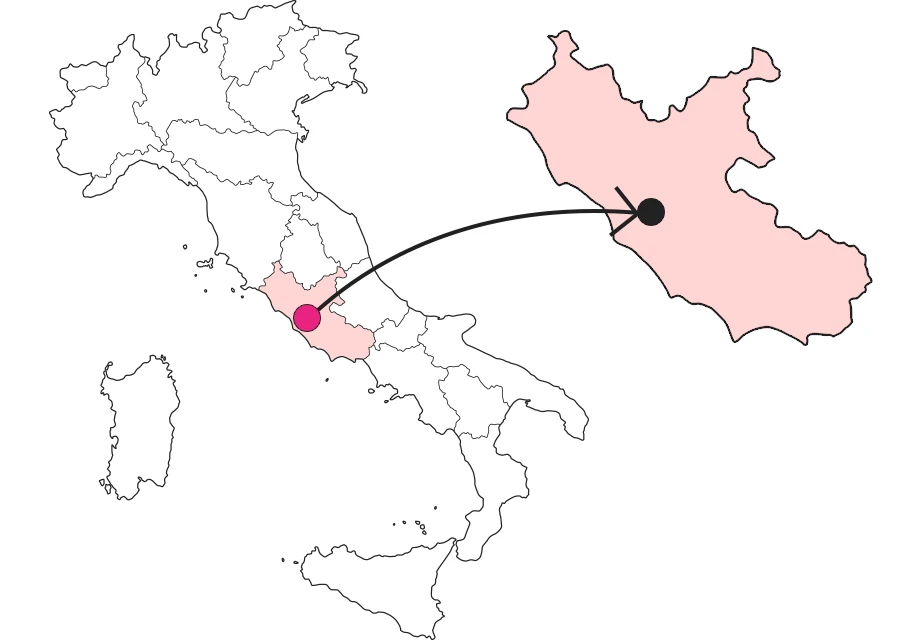

The underground basilica of San Crisogono in Trastevere
The passage of centuries told by the stones of a church



Where is

What it is and where it is
St. Chrysogonus is a church of many faces: already from the outside one notices the coexistence of a Baroque facade and a Romanesque bell tower, and this, in turn, is surmounted by a pyramidal roof from the Baroque period. Inside, the characters are even more evident, and as one enters the lower level, one finds oneself as if by magic walking into an ancient place of worship, where the sacred finds its best expression in the mosaic decoration, the fragments of which tell stories of a medieval era that survives seemingly silently in Rome.
Why it is special
The basilica of San Crisogono is an extraordinary example of the reuse and occupation of an ancient space to create a sacred place. Like other churches in the neighborhood, St. Chrysogonus was born in the earliest era of Christianity and literally evolved upon itself: below today's basilica, in fact, there is access to the older basilica , dating back to the fifth century AD, which still stands as one of the best testimonies to the earliest Christianity in Rome.
Not to be missed
An expression of the art of medieval Rome, the pictorial decoration is what sets the basilica apart: examples of frescoes dating back to the early Middle Ages in the underground basilica coexist with the mosaic panels, also medieval, and equally with the pictorial works of more recent times located in today's church, including those of Cavalier D'Arpino, at whose workshop Caravaggio trained.
A bit of history
The basilica stands on ancient Roman houses from the second and third centuries AD and consists of a single-nave organism, still visible in the floor below the present one. In its essential forms, the fresco decoration of the walls is striking, illustrating several cycles dedicated to saints, including St. Benedict, which is still visible although in a fragmentary manner. The basilica remained in use until the 12th century when Cardinal Giovanni da Crema ordered its restoration and rebuilt the church on a level 6 meters higher than the previous one. This is the church we visit today, which was restored in the 1720s at the behest of Scipione Borghese.
Trivia
A characteristic feature of the basilica is that it was rebuilt in the 12th century somewhat displaced from the ancient one: it thus turns out that the left wall of the basilica on the "upper floor" corresponds to the right perimeter wall of the ancient church. The reason is due both to the rather precarious state of health of the ancient foundations and to the desire to better connect the church with the main street of the time, Via della Lungaretta, which connects it to Santa Maria in Trastevere.
Enter the Map of Italy's Undiscovered Wonders and find treasures where you least expect it... Inspire, Recommend, Share...
Contact
Collections
The Map thanks:
Enter the Map of Italy's Undiscovered Wonders and find treasures where you least expect it... Inspire, Recommend, Share...
Where is

Contact
Collections

 Paladin
Paladin